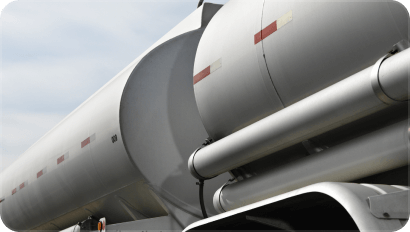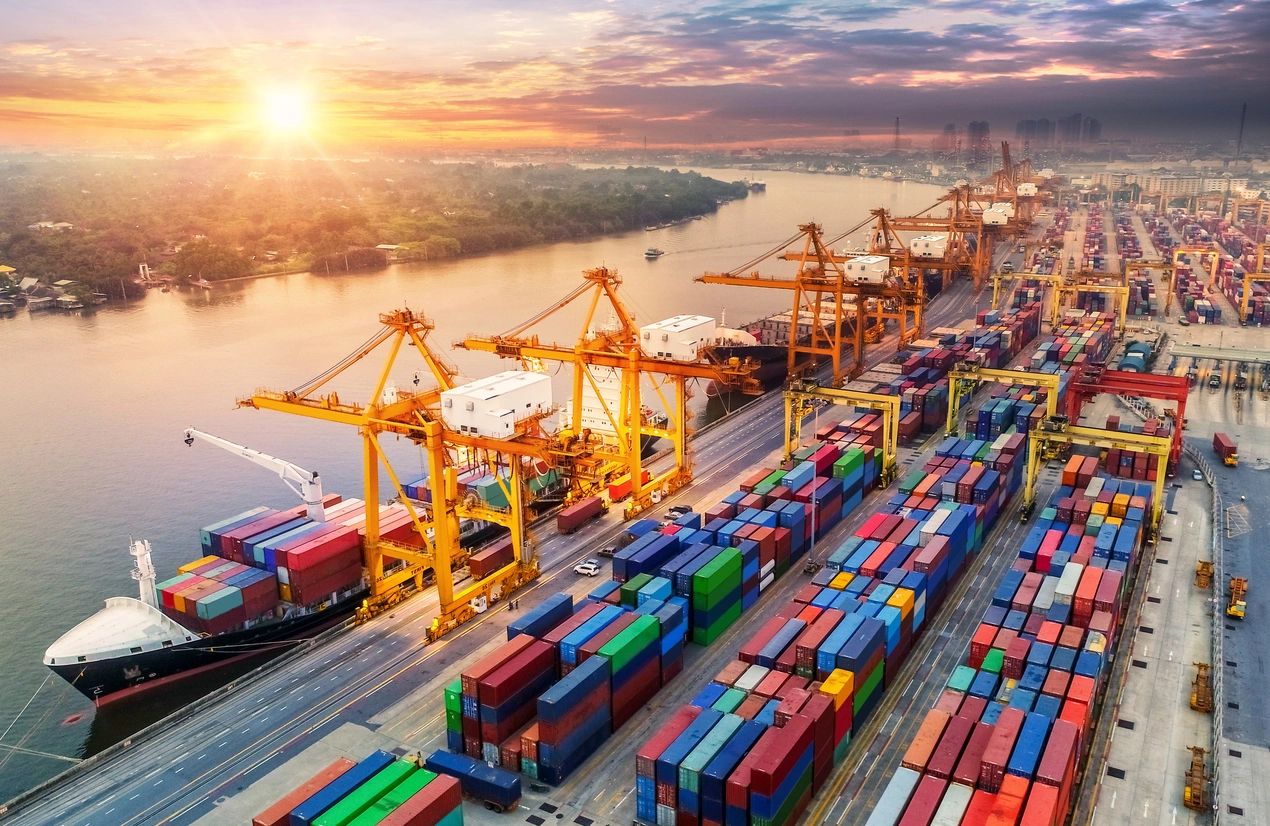Introduction
The journey of crude oil from extraction sites to refineries and markets involves a vast transportation network that includes pipelines, tankers, railways, and trucks. Each method comes with unique advantages, challenges, and risks. The efficiency and safety of oil transportation are critical to maintaining global energy stability, yet they also raiseenvironmental and geopolitical concerns. As demand for energy grows and regulations tighten, the oil industry must navigate these challenges while ensuring a steady supply to global markets.
Pipelines: The Backbone of Oil Transport
Advantages of Pipelines
Pipelines are the most cost-effective and efficient way to transport large volumes of crude oil and refined products overlong distances. Once built, they require minimal human intervention and have a lower carbon footprint compared to other transportation methods. Countries with extensive oil production, such as the United States, Canada, Russia, and Saudi Arabia, rely heavily on pipeline networks to move oil domestically and for export.
Challenges and Risks
- Environmental Concerns: Pipeline spills, though rare, can have devastating consequences. Incidents like theKeystone Pipeline spill in the U.S. have fueled debates over the risks of transporting oil through environmentally sensitive areas.
- Regulatory Hurdles: New pipeline projects often face public opposition and government regulations, delaying or halting construction. The cancellation of the Keystone XL pipeline in 2021 is a prime example of how politics can impact pipeline development.
- Geopolitical Tensions: International pipelines, such as the Nord Stream pipelines between Russia and Europe,can become political leverage points, as seen during the Ukraine-Russia conflict, where energy dependence played a crucial role in diplomatic decisions.
Oil Tankers: The Global Shipping Network
Advantages of Oil Tankers
Oil tankers are essential for transporting crude oil across oceans, connecting producers in the Middle East, the U.S., and Africa with major consumers like China, India, and Europe.
Supertankers such as Very Large Crude Carriers (VLCCs) and Ultra Large Crude Carriers (ULCCs) can transport millions of barrels in a single trip, making maritime transport crucial for the oil industry.
Challenges and Risks
- Shipping Accidents and Oil Spills: Tanker accidents, such as the Exxon Valdez disaster in 1989 and the Deepwater Horizon spill in 2010, caused catastrophic environmental damage, leading to stricter regulations and the transition to double-hull tankers.
- Piracy and Security Threats: Certain regions, like the Strait of Hormuz, the Gulf of Guinea, and the Malacca Strait, are vulnerable to piracy and geopolitical conflicts, affecting tanker safety and insurance costs.
- Regulatory and Environmental Restrictions: Governments and international bodies, such as the International Maritime Organization (IMO), have imposed regulations to reduce carbon emissions from shipping. Theintroduction of low-sulfur fuel mandates under IMO 2020 has increased operational costs for tanker operators.
Rail and Truck Transport: Flexibility vs. Risk
Advantages of Rail and Truck Transport
Rail and trucks are often used for short-distance oil transportation, especially when pipelines are unavailable or facing capacity limits. In countries like the United States and Canada, where oil production surged due to shale drilling, railtransport became a key alternative to pipelines.
Challenges and Risks
- Higher Costs and Limited Capacity: Rail and trucks are significantly more expensive than pipelines or tankers, making them less desirable for large-scale transportation.
- Increased Risk of Accidents: Train derailments involving crude oil, such as the
Lac-Megantic disaster in Canada (2013), which resulted in a deadly explosion, highlight the dangers of transporting oil by rail.
- Environmental and Community Concerns: Transporting oil by rail through populated areas raises concerns over potential spills, explosions, and air pollution, leading to opposition from local communities.
Future of Oil Transportation: Challenges and Innovations
Pipeline Expansion and Modernization
Despite regulatory challenges, new pipeline projects continue to be developed, especially in regions with growing production. The expansion of the Trans Mountain Pipeline in Canada aims to increase oil exports to Asia, while new U.S.pipeline projects seek to improve transport efficiency from shale fields.
Sustainable Shipping Innovations
To comply with environmental regulations, shipping companies are investing in LNG-powered tankers, wind-assisted propulsion, and carbon capture technologies to reduce emissions.
The Shift Toward Renewable Energy and Its Impact
As the world transitions toward renewable energy, demand for crude oil may decline, potentially reducing the need for new pipeline and tanker projects. However, oil will remain a vital energy source for decades, requiring continued investment insafe and efficient transportation methods.
Conclusion
The transportation of crude oil is a complex, global operation involving pipelines, tankers, railways, and trucks. Whilepipelines offer cost efficiency, they face environmental and political challenges. Oil tankers remain essential for international trade but are subject to shipping regulations and security threats. Rail and truck transport provide flexibility but come with higher risks and costs. As environmental policies tighten and technology advances, the oil industry must balance efficiency, safety, and sustainability to ensure the continued movement of this critical resource.


